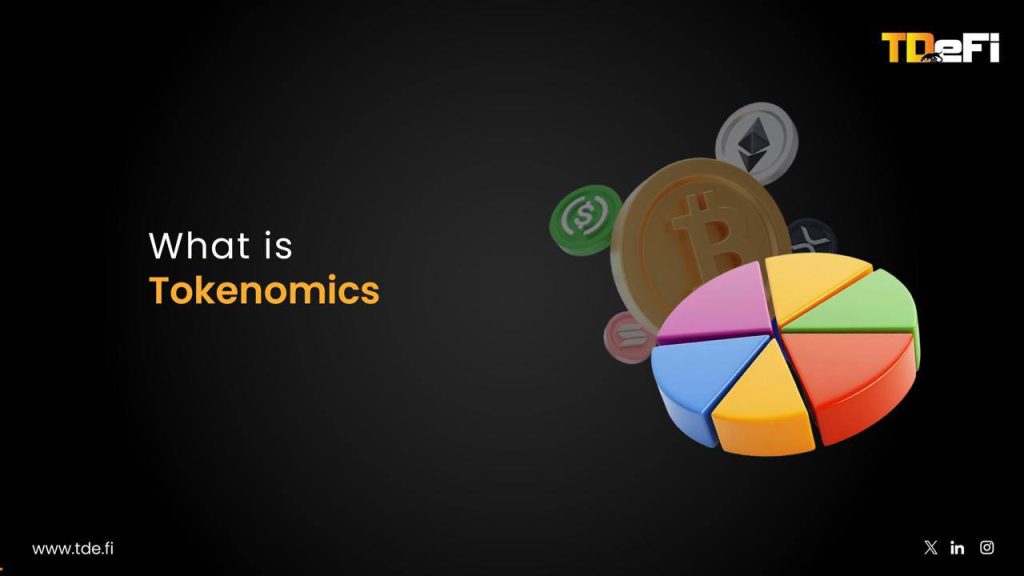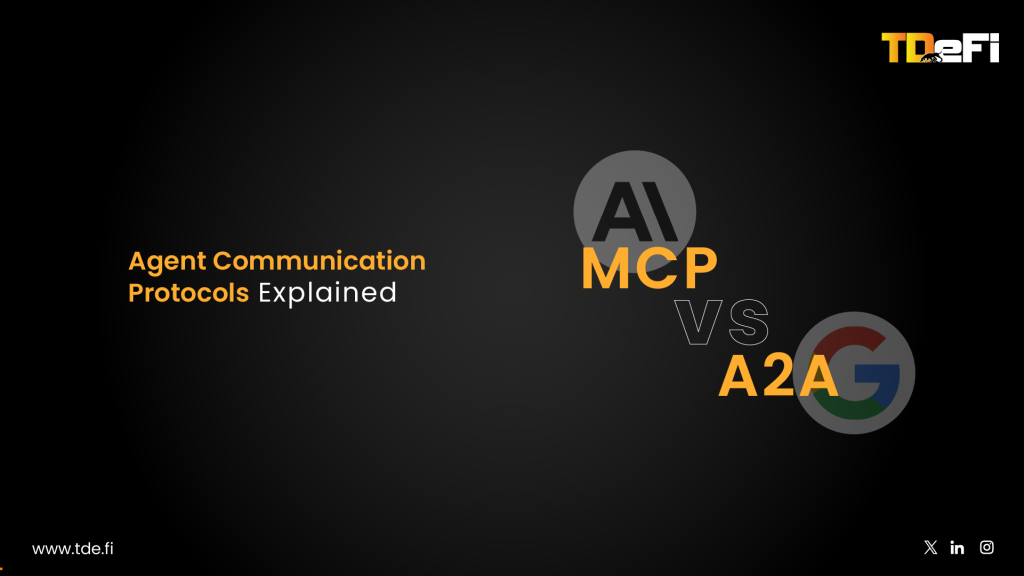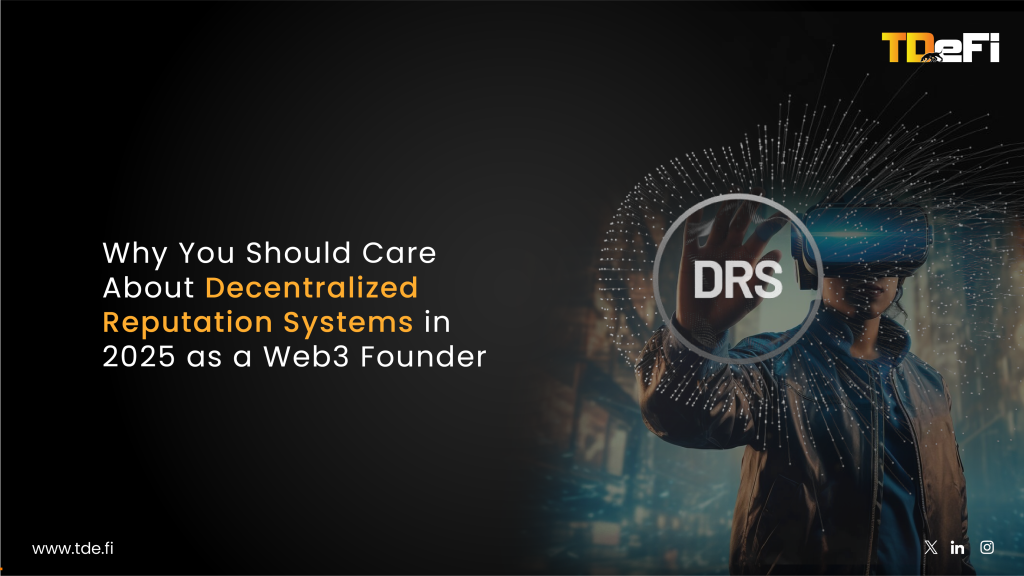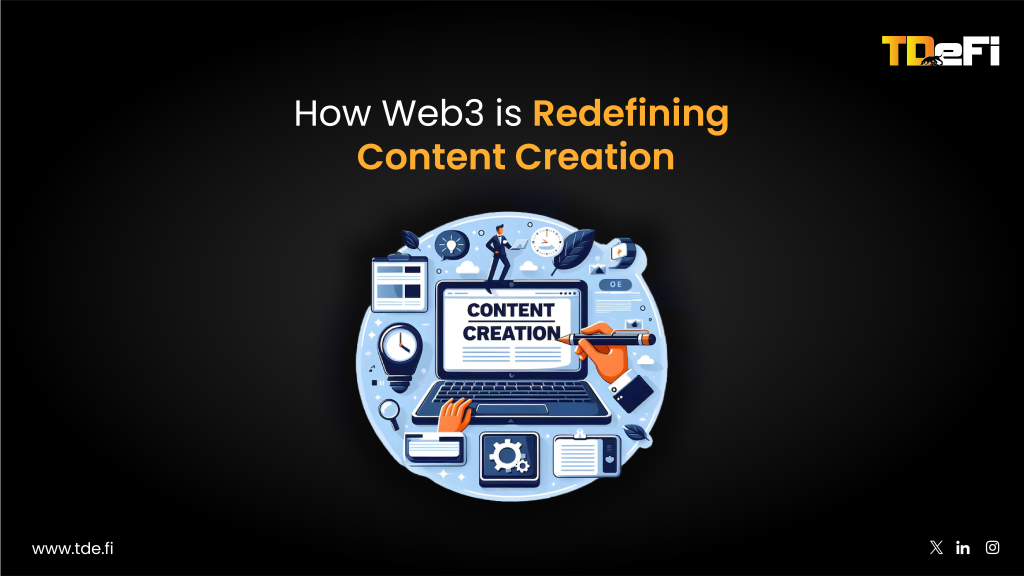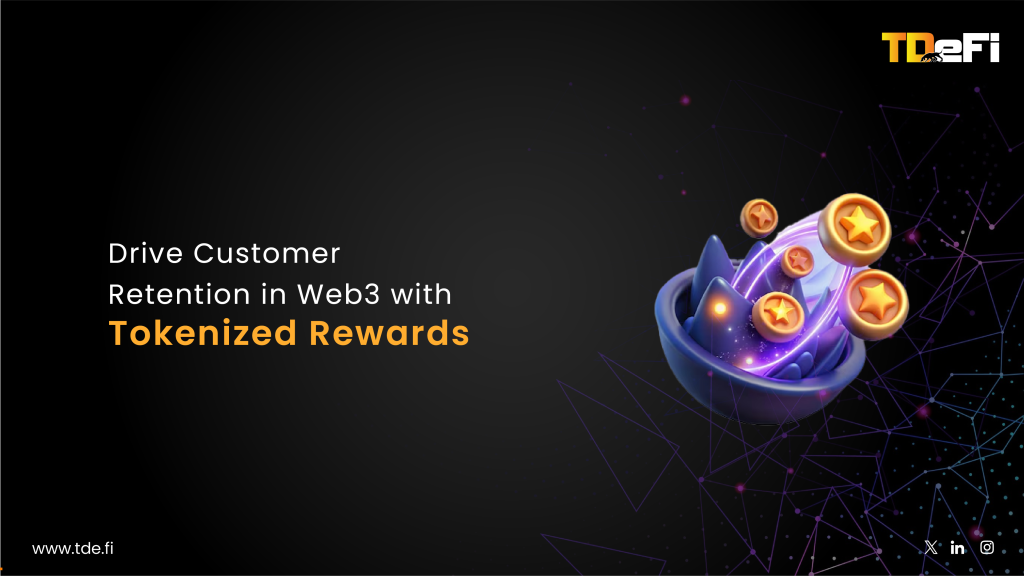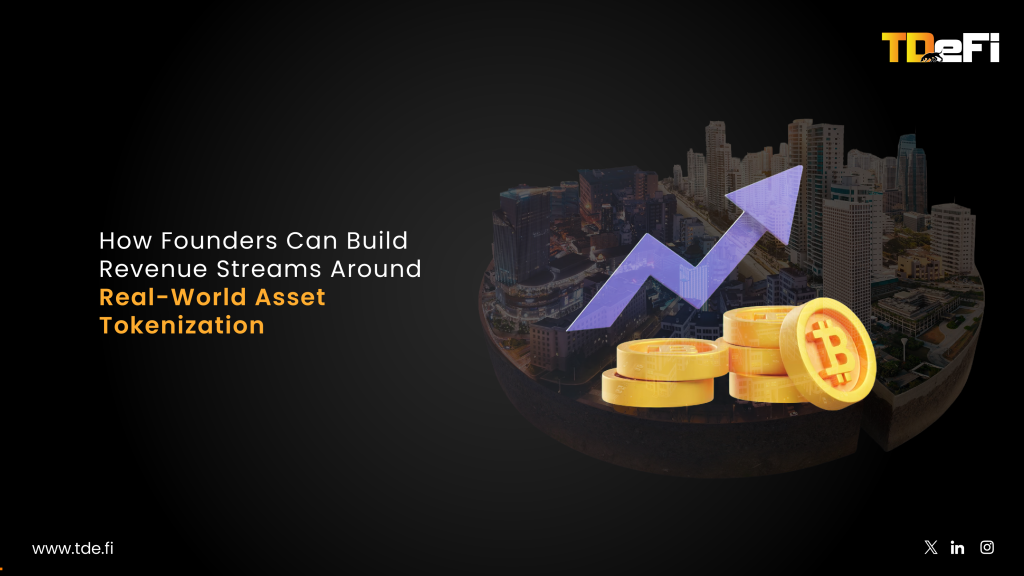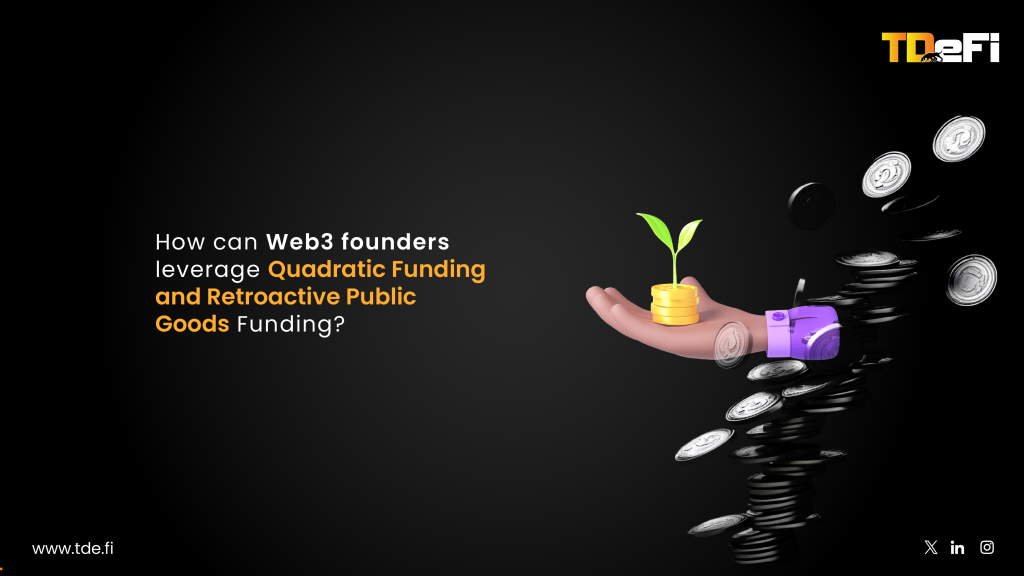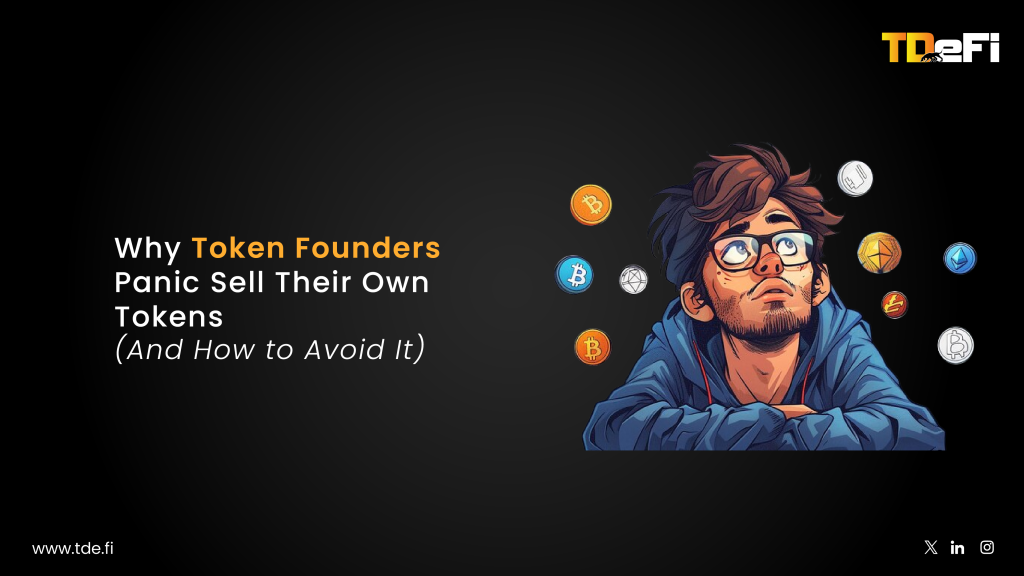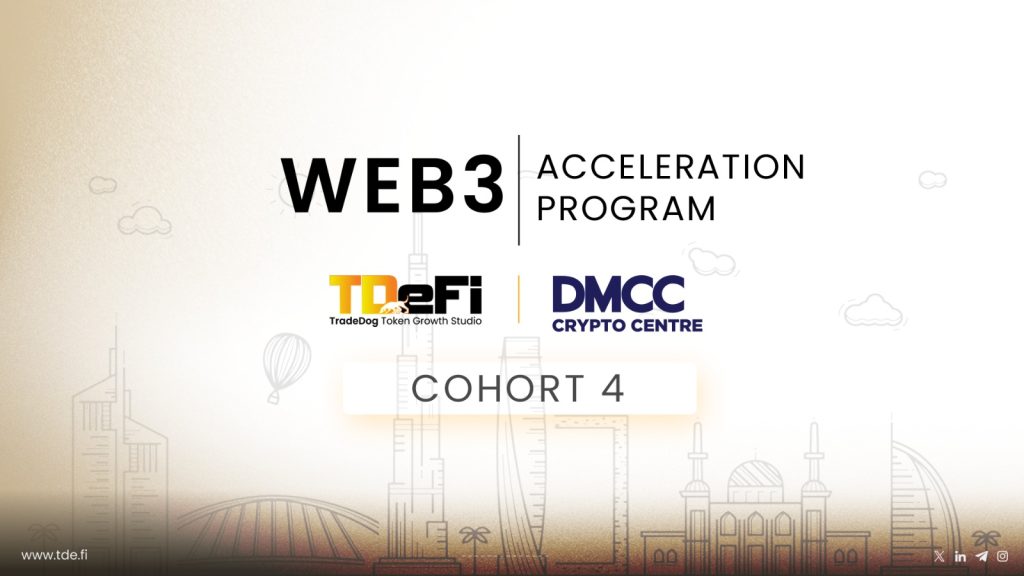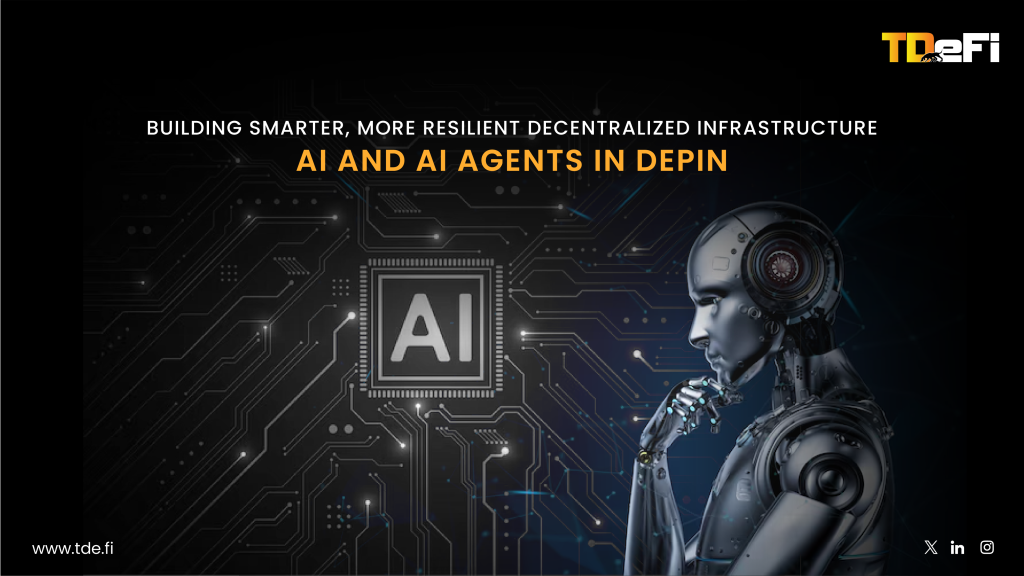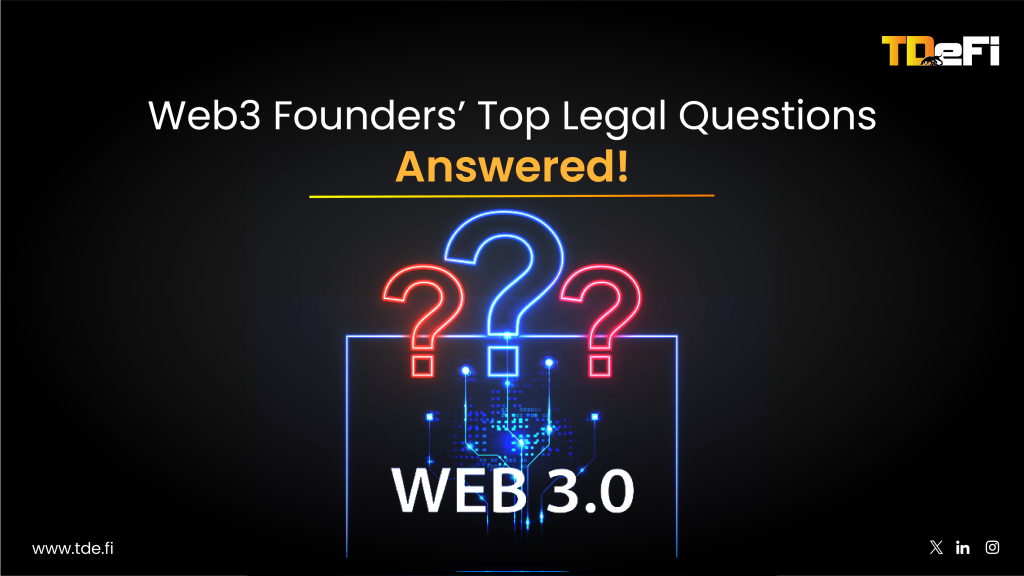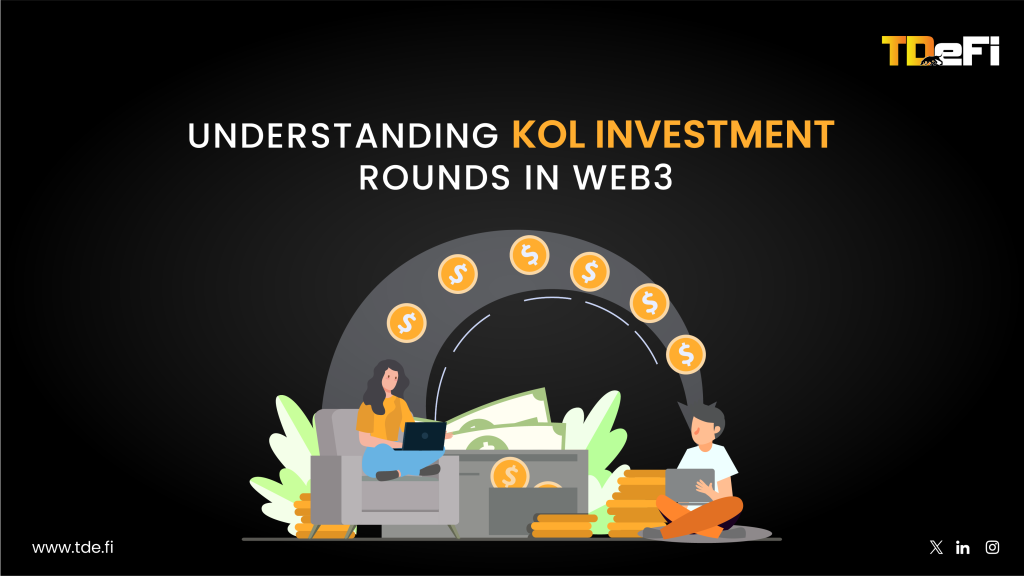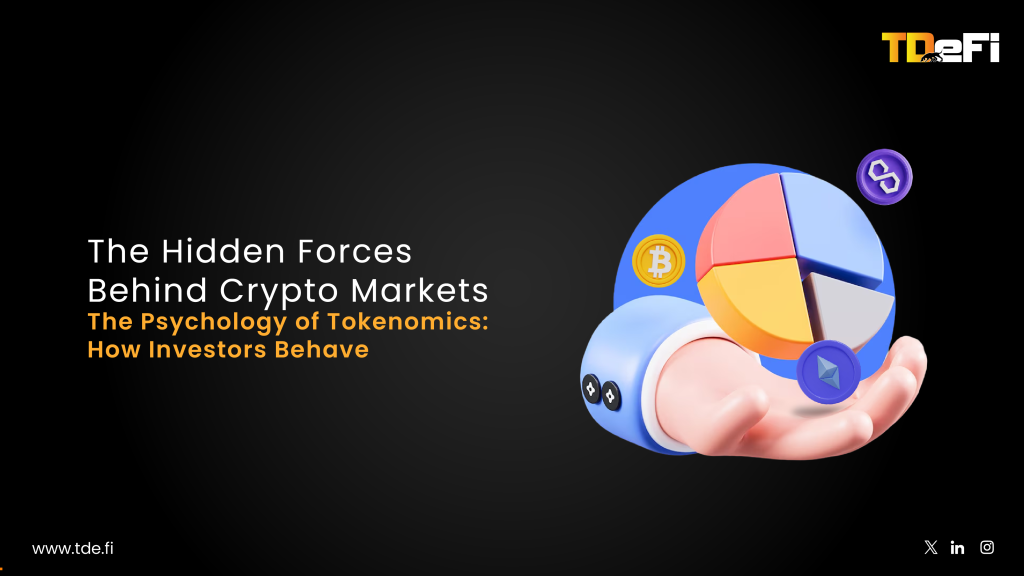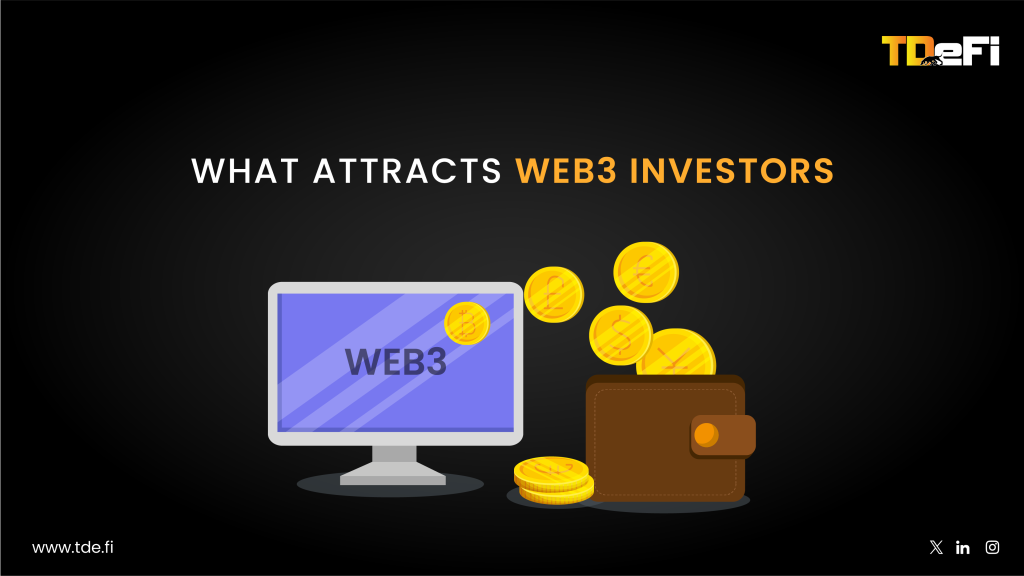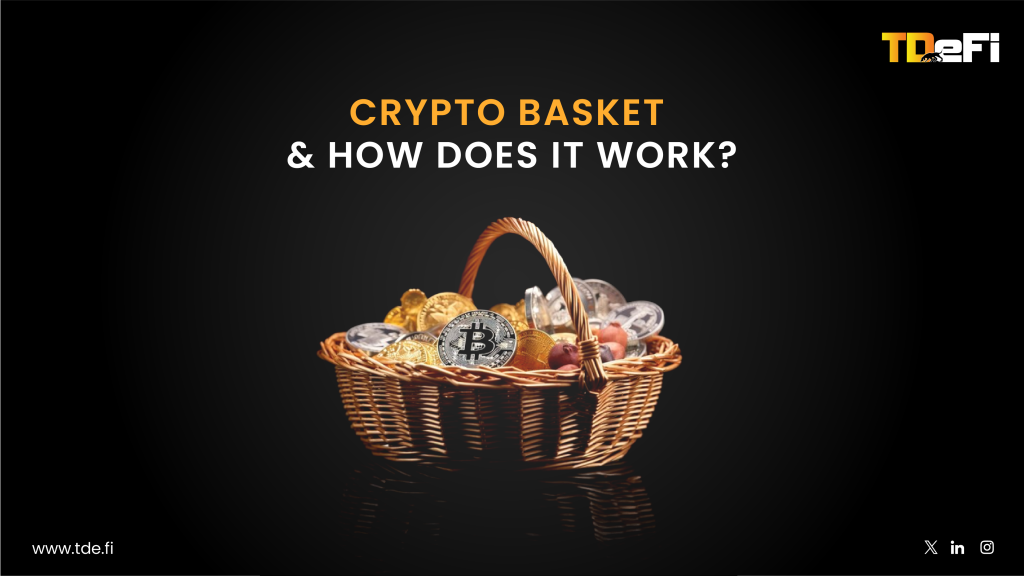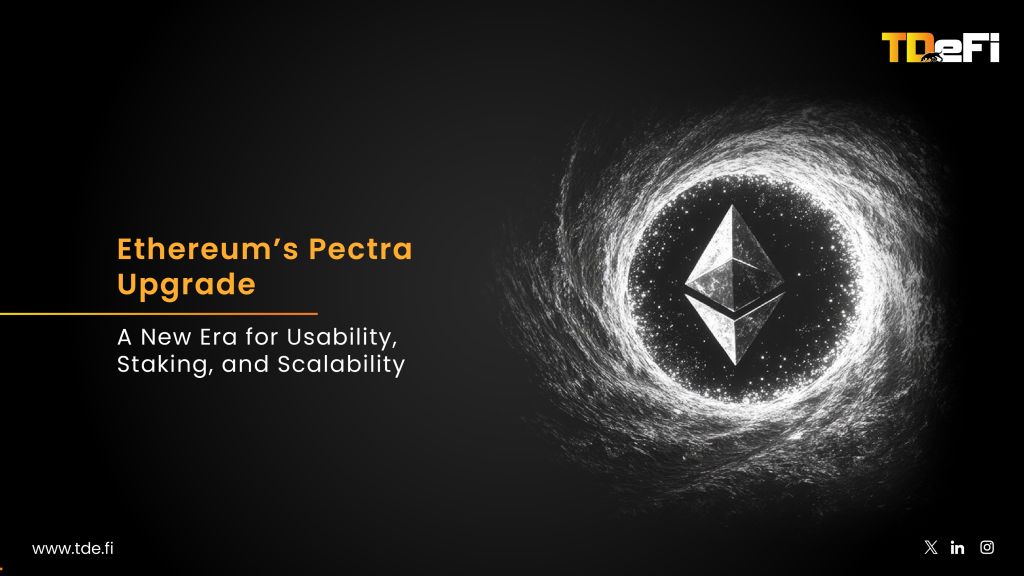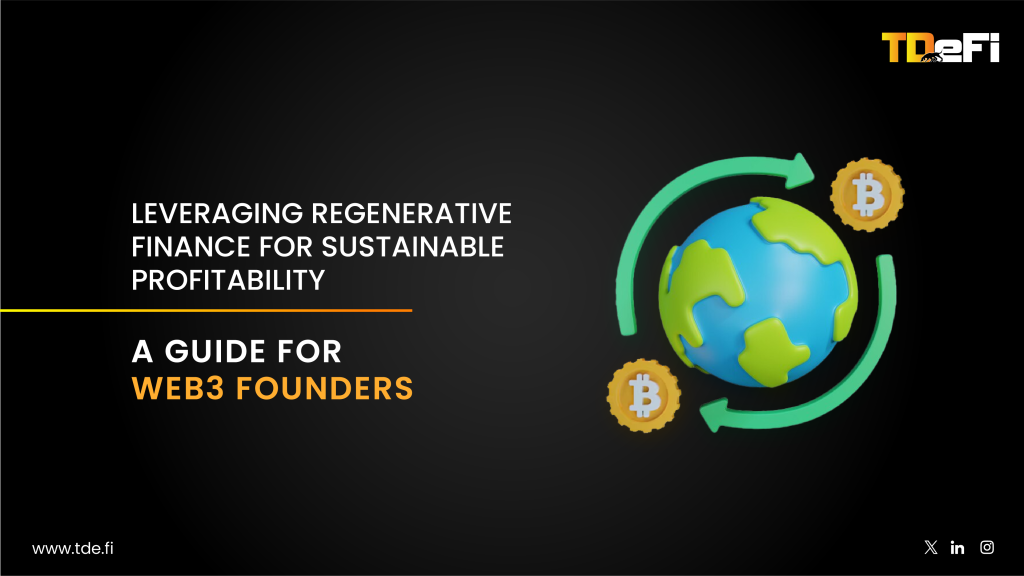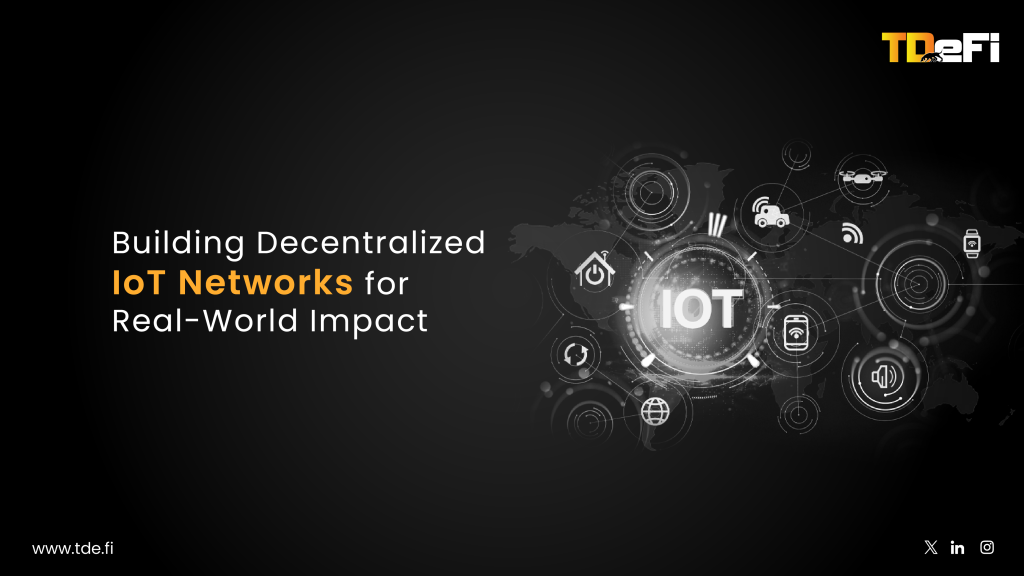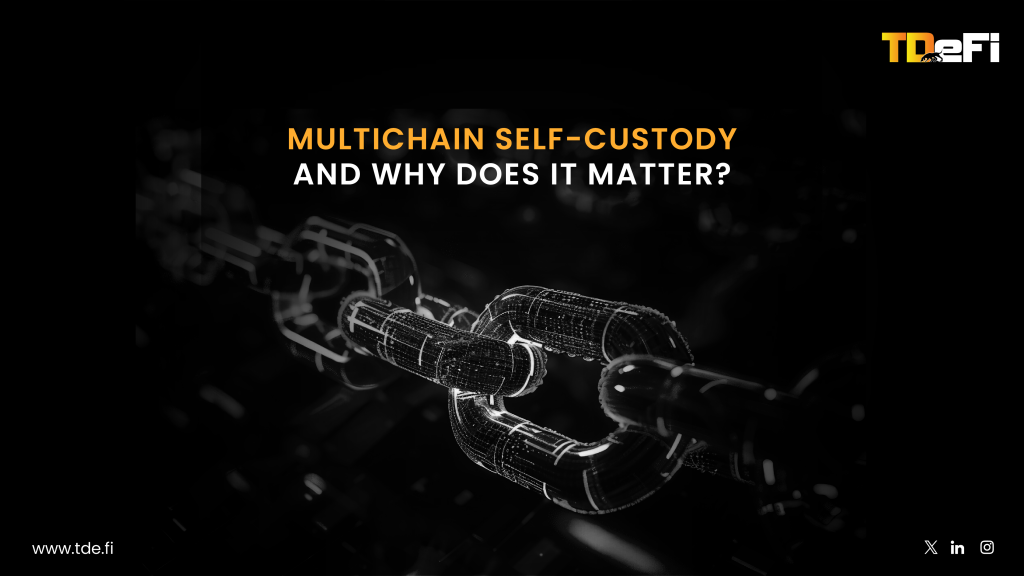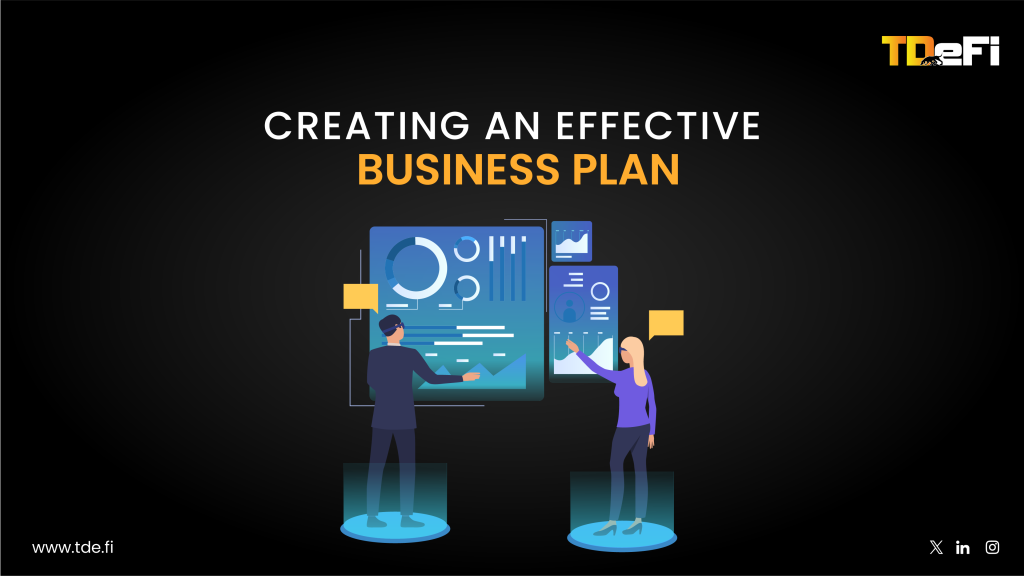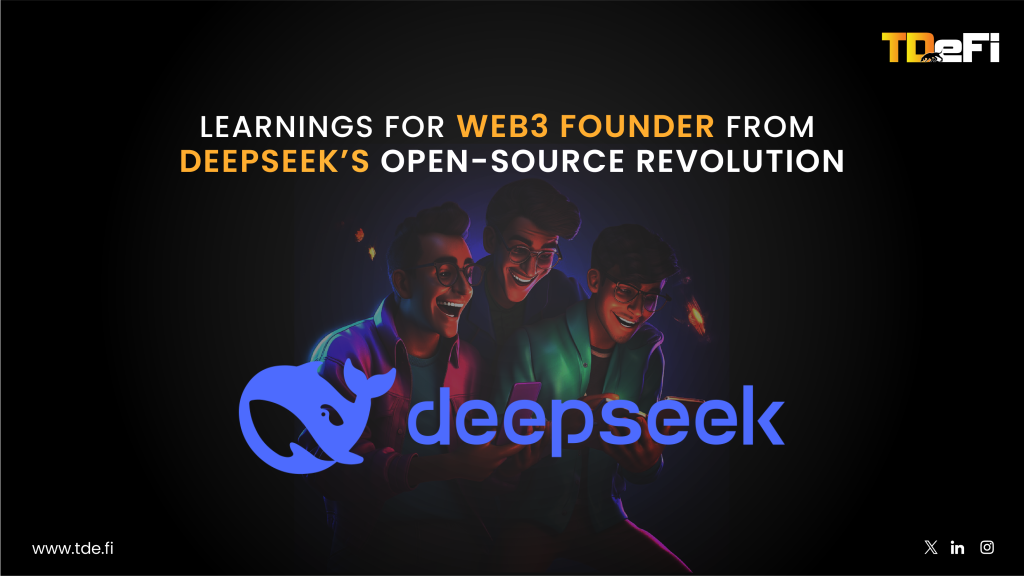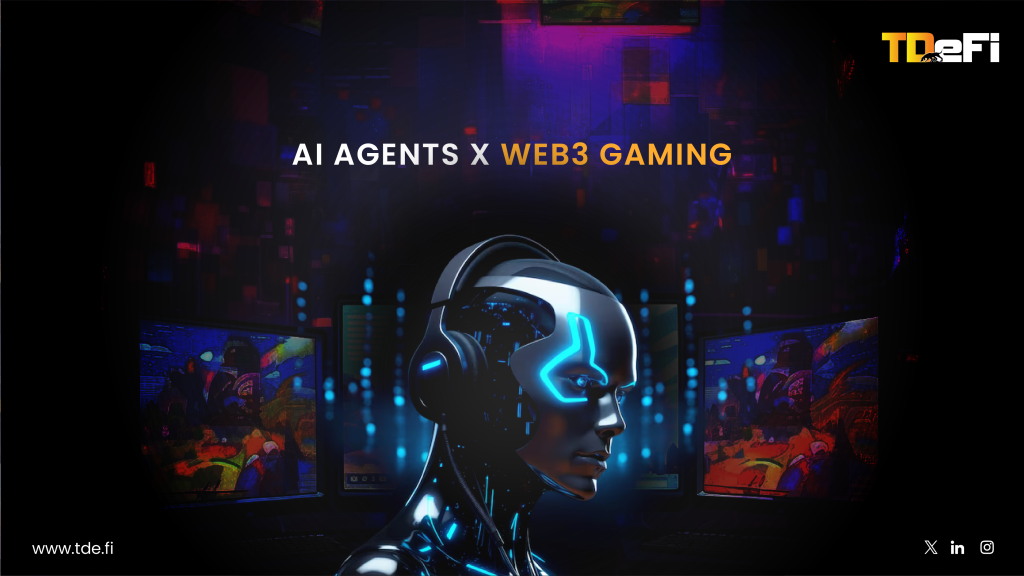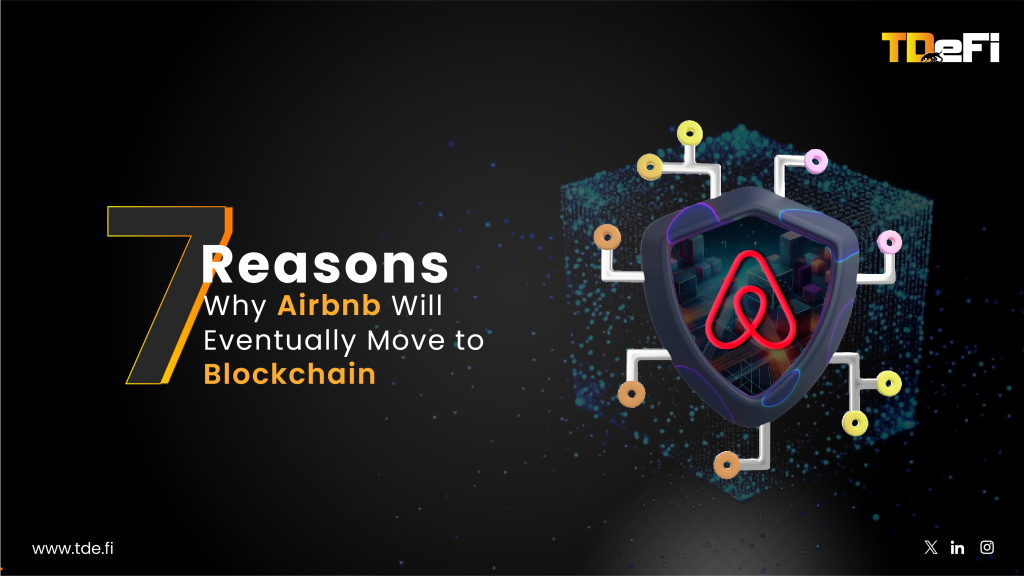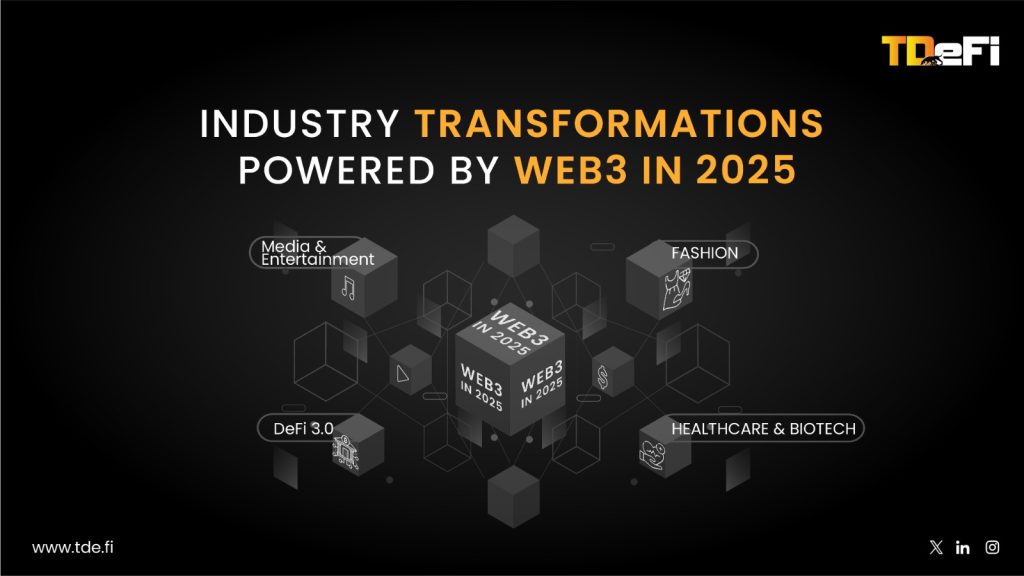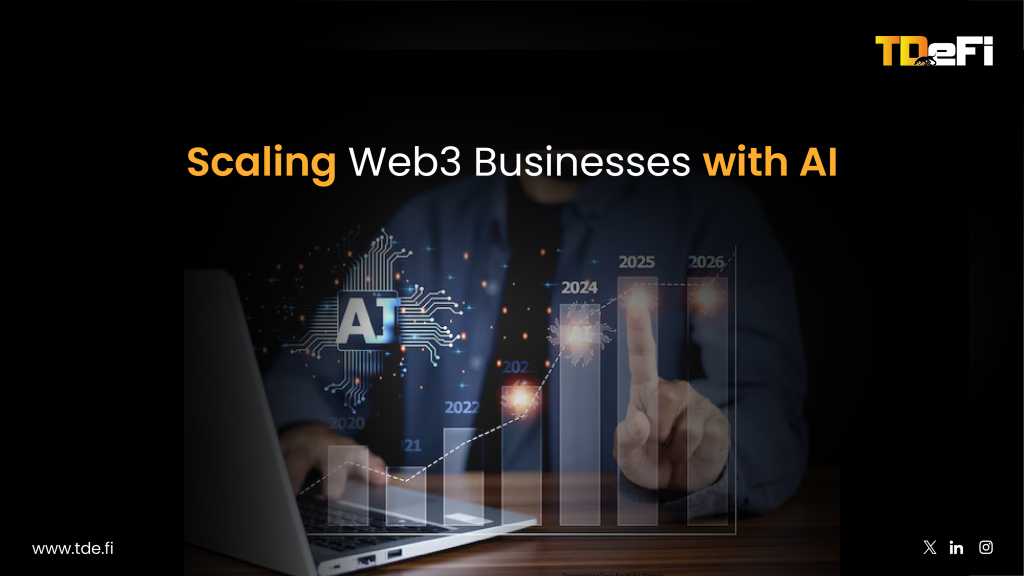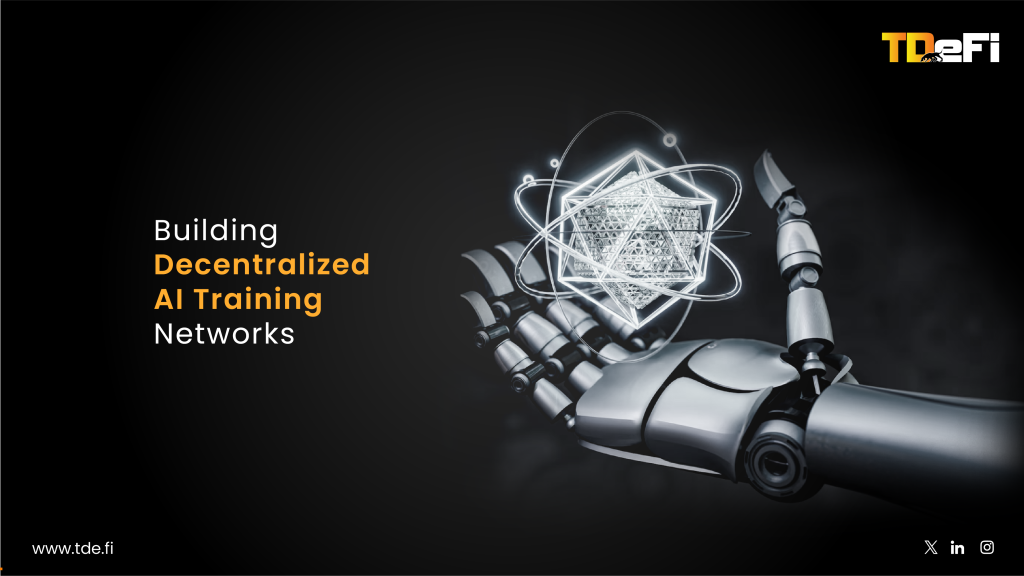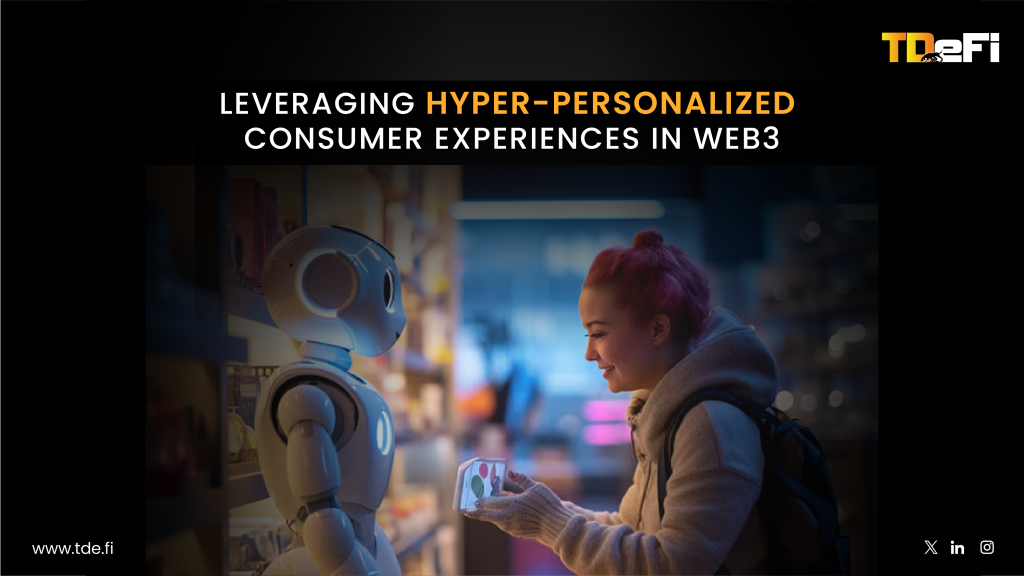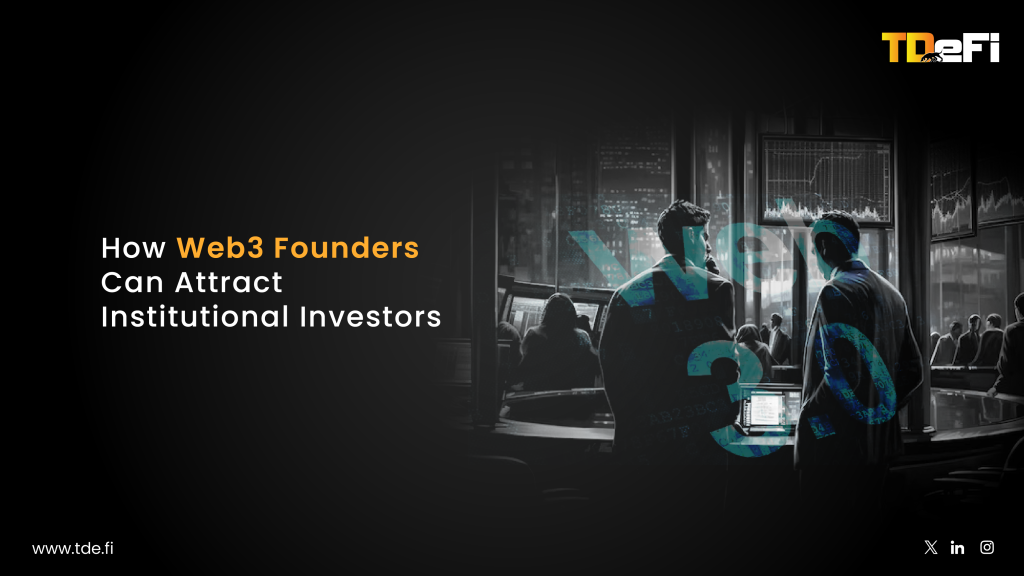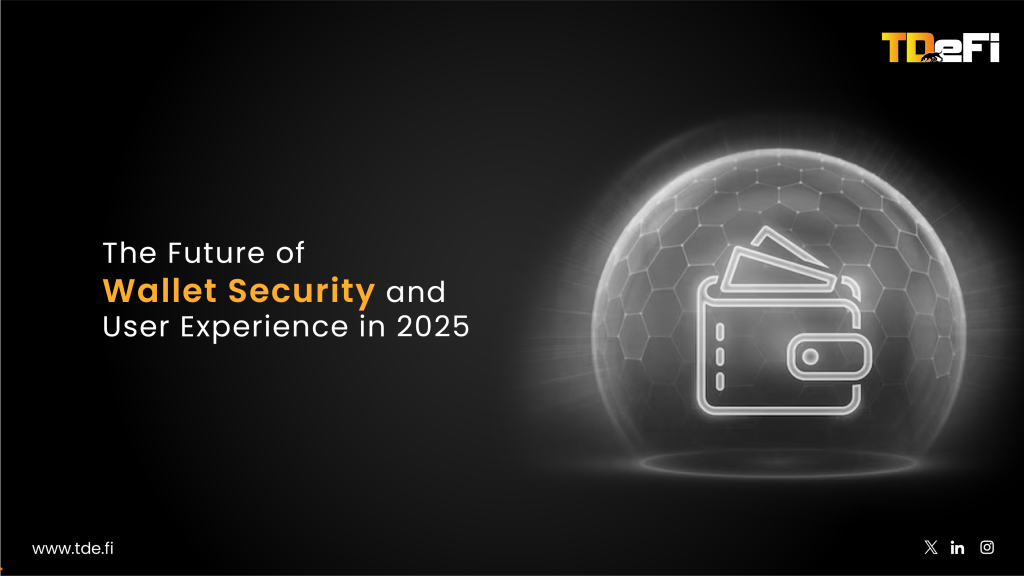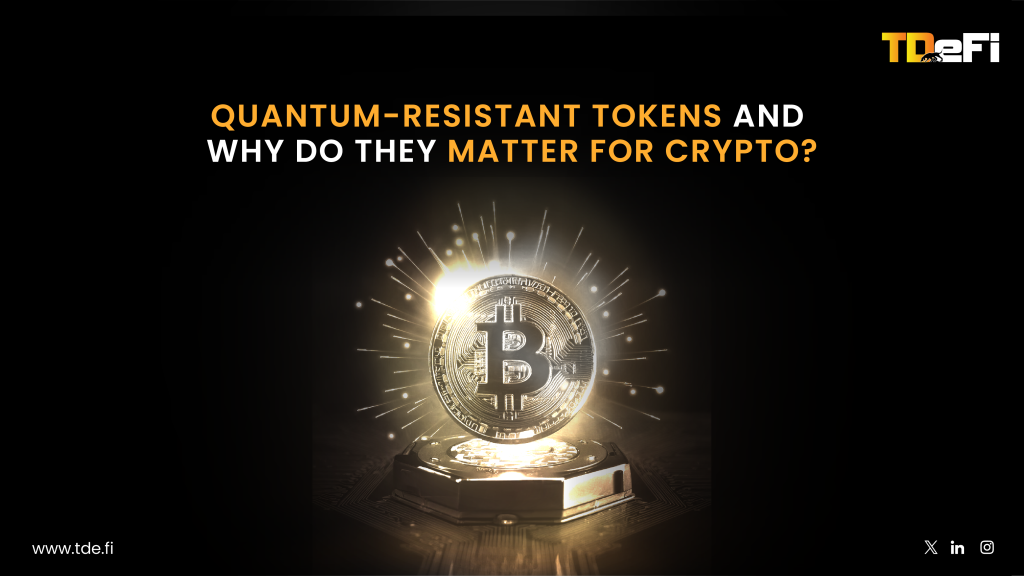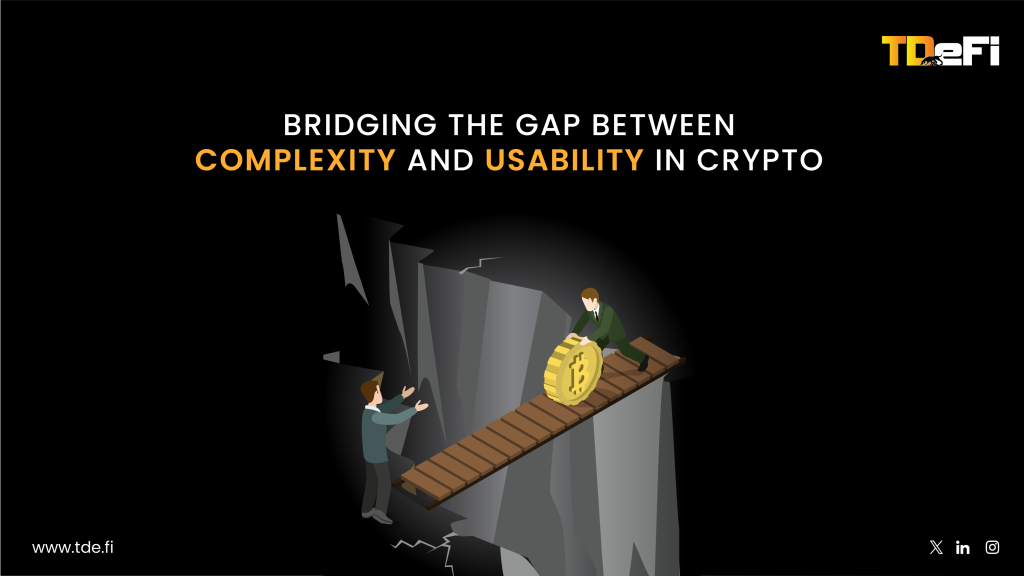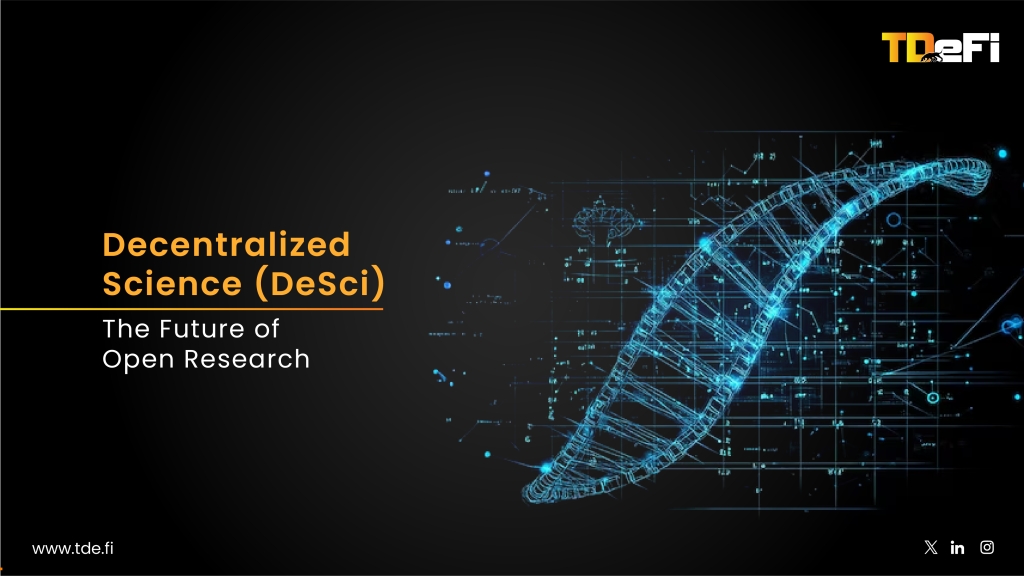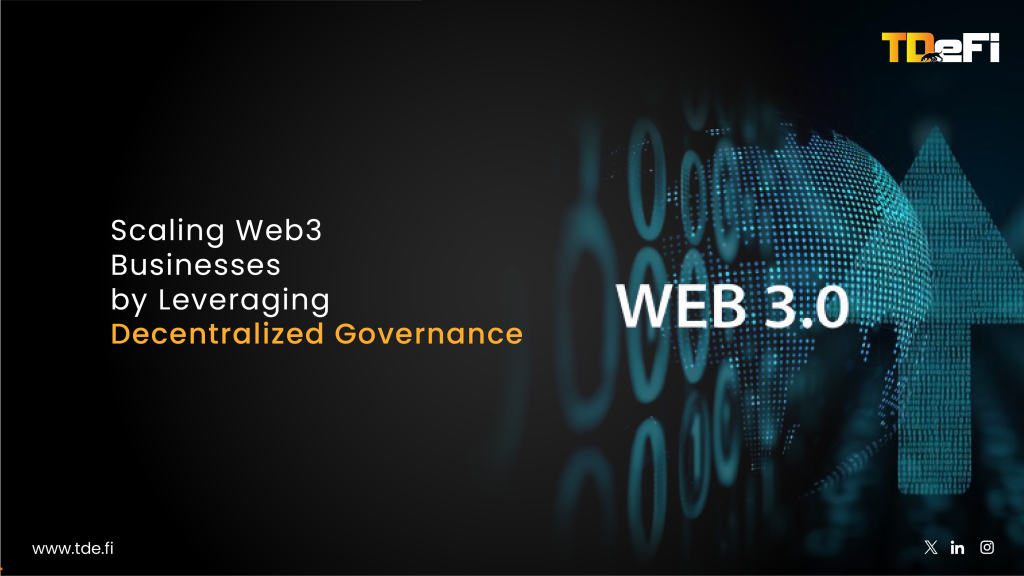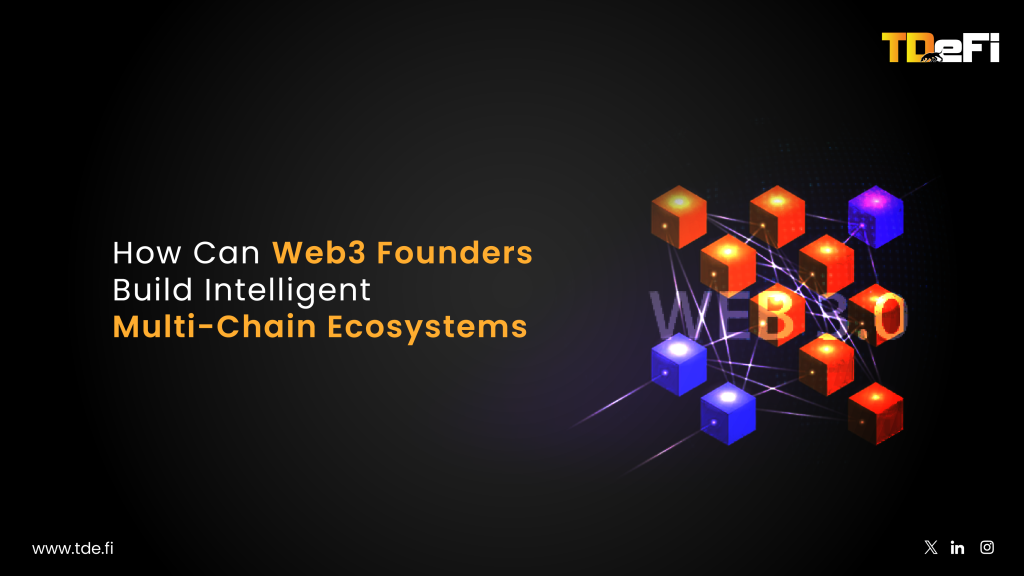TL;DR
The migration of businesses to web3 is the most significant architectural upgrade to the internet since the advent of e-commerce. Companies are moving from being renters on centralized platforms to owners on a decentralized internet to escape punitive take rates, build true economic communities with their users, create new categories of programmable products, and access global, permissionless markets. This is a fundamental rewiring of digital commerce and community, and the companies that embrace this shift now will define the next century of the internet. This blog explains why traditional businesses will enter the hot and fast-evolving Web3 space.
Introduction
History doesn’t repeat itself, but it often rhymes. The transition from physical storefronts to e-commerce wasn’t just about adding a “buy now” button to a website; it was a fundamental rewiring of commerce, logistics, and customer relationships. Companies that understood they were building on a new, open communications protocol—the internet—built new empires. Those that saw it as just another marketing channel became footnotes.
We are at a similar moment today. The migration of businesses to web3 is not about launching a gimmicky NFT project or putting a “.eth” in a Twitter bio. It’s about a fundamental upgrade to the architecture of the internet itself—a shift from a renter’s web to an owner’s web.
For the last two decades, businesses have built their digital operations on rented land. They rely on the centralized platforms of Web2 for their customer relationships, their payment rails, and their data. This was a necessary trade-off for convenience, but it came at a staggering cost: punitive take rates, opaque algorithms designed to maximize platform revenue, and the constant, existential risk of being de-platformed or having the rules changed on them overnight. The platform is the landlord, and the rent is always going up.
Web3 changes the physics of the internet. It replaces these privately owned digital fiefdoms with a neutral, owner-operated foundation where businesses can build direct relationships with their users, create new economic models that were previously impossible, and capture far more of the value they create. This isn’t a niche technological curiosity; it’s the next logical step in the evolution of the internet, and it will be as transformative for the next thirty years as the shift from brick-and-mortar to digital was for the last thirty.
Founders and executives are starting to see this. Here are the seven core reasons this migration is not just inevitable, but already underway.
Why Every Company Will Become a Web3 Company
1. To Escape the Platform Tax and Reclaim Economic Sovereignty
The most immediate and visceral benefit of web3 is escaping the platform tax. In the Web2 world, every transaction is subject to a toll. Apple and Google’s App Stores take up to 30% of all revenue and in-app purchases. E-commerce marketplaces like Amazon or Etsy take a significant cut of every sale. Even payment processors like Stripe or PayPal, while providing immense value, extract a percentage from every dollar that flows through the system. These fees are a direct and massive drain on the bottom line, an unavoidable cost of doing business on rented land.
Web3 offers a radical alternative: a global, open, and programmable payment and transaction layer with dramatically lower fees. When a creator sells a digital good directly to a fan using a stablecoin like USDC on a Layer 2 network like Arbitrum or Optimism, the transaction fee isn’t 30% or even 3%—it’s a few cents. This isn’t just a marginal improvement; it’s a change in kind. It means that for the first time, businesses can achieve near-total economic sovereignty over their digital sales.
Consider the ticketing industry. A company like Ticketmaster controls the primary sale, the secondary market, and all the associated fees. In web3, an artist can issue tickets as NFTs directly to their fans. The rules of the secondary market—such as price caps or an automatic royalty from every resale—are programmed directly into the ticket itself. The platform tax is not just reduced; it’s replaced by a system designed by the artist, for the artist and their community. This is a shift from extractive economics to generative economics.
2. To Build a True Community, Not Just an Audience
Web2 platforms give businesses an audience; web3 gives them a community with an economic stake. An Instagram follower count is a vanity metric controlled by the platform. The connection is intermediated, and the ability to reach that audience is subject to the whims of an algorithm.
Web3, through tokens and NFTs, allows companies to transform passive customers into active, aligned stakeholders. An NFT is not just a JPEG; it’s a cryptographically secure, verifiable, and programmable key that represents ownership. It proves you were there, you participated, you belong.
Look at what Starbucks is building with its Odyssey program. It’s not just a loyalty program; it’s an interactive journey where members earn and own NFTs (“Journey Stamps”) for engaging with the brand. These stamps aren’t just points in a database; they are ownable digital assets that unlock new experiences. Similarly, Nike’s .SWOOSH platform isn’t just a storefront; it’s a co-creation space where members can buy digital collectibles and, in the future, help design Nike products. This is the difference between marketing to a customer and building with a community. The community members, by owning a piece of the brand’s digital world, become its most powerful evangelists.
3. To Create New, Programmable Products and Markets
Blockchains are more than just ledgers; they are global, stateful computers. This programmability allows for the creation of entirely new kinds of products and services that are impossible in the centralized world. We’re moving from static digital goods to dynamic, intelligent assets.
The music industry provides a powerful example. With platforms like Royal, artists can sell a share of their future streaming royalties to fans as NFTs. Fans are no longer just listeners; they are investors in the artist’s success. When the artist succeeds, they succeed. This creates a deep alignment and a new, direct-from-artist financial instrument.
In gaming, the shift is even more profound. In-game assets in Web2 are trapped inside a single game’s walled garden. In web3, these assets can be true property of the player, owned in their wallet and potentially usable across different games and virtual worlds. This concept of “interoperability” creates a persistent player identity and economy that transcends any single company, leading to richer and more enduring game experiences. The business model shifts from selling disposable in-game items to building a robust economy where the business can thrive by taking a small, fair transaction fee—more like a government taxing commerce than a shopkeeper selling goods.
4. To Enhance Security and Trust Through User Sovereignty
In the current web, user data is the product. Businesses are forced to become custodians of vast amounts of sensitive personal information—names, addresses, passwords—making them prime targets for attackers. A data breach is not a matter of if, but when.
Web3 offers a fundamental architectural solution. Through technologies like “Sign-In with Ethereum” (SIWE), users can authenticate themselves using their own crypto wallet, which they alone control. They don’t need to create a new password for every website. The business doesn’t need to store any sensitive credentials. The user’s identity is sovereign.
This shifts the burden of data security away from the business and back to the user, where it belongs. It also builds a foundation of genuine trust. When a user interacts with a web3 application, they are in control of what data they share. This isn’t just a better privacy policy; it’s better plumbing for the internet, creating a more secure and less adversarial relationship between companies and their customers.
5. To Access Global, Permissionless Markets Instantly
A business on the internet today is still constrained by the geographic and financial borders of the traditional banking system. Selling a product to someone in another country involves navigating a complex web of intermediaries, currency conversions, and settlement delays. The SWIFT system, the backbone of international finance, is a product of the 1970s and operates accordingly.
Blockchains are inherently global and permissionless from day one. A developer in Nigeria, a designer in Vietnam, and a marketing lead in Brazil can all collaborate and be paid instantly in a stablecoin, with near-zero friction and final settlement in seconds. A business can sell a digital service to a customer anywhere on earth with the same ease as selling to someone next door. This removes the single greatest barrier to entry for global commerce and unlocks a long tail of economic activity that was previously unviable.
6. To Make Governance Transparent and Participatory
How are decisions made in a company or a network? Traditionally, this is a black box. Web3 introduces a powerful new toolkit for governance. Decentralized Autonomous Organizations (DAOs) provide a framework for communities to pool resources and make decisions collectively and transparently, with the rules encoded on-chain.
While not every company will become a DAO overnight, the tools of DAOs—like token-based voting—can be integrated into traditional structures to create unprecedented levels of engagement. Imagine a fashion brand allowing holders of a specific NFT to vote on the next season’s designs. Or a software company allowing its power users to vote on the product roadmap. These are not just surveys; they are binding decisions recorded on an immutable ledger. This transforms customers from passive consumers into active participants in the brand’s story, fostering a level of loyalty and commitment that no marketing campaign can buy.
7. To Future-Proof the Business on an Open Foundation
Finally, building on web3 is a strategic decision to future-proof a business. The history of the internet is a graveyard of companies that built on the wrong platform at the wrong time. Businesses built on Flash, MySpace, or Vine saw their foundations crumble when the platform owner decided to pivot or shut down.
Building on open, decentralized protocols like Ethereum is different. It’s like building on the open standard of email (SMTP) versus building a messaging feature inside AOL’s walled garden. One has endured for decades as a neutral foundation for innovation, while the other is a relic. Ethereum is a credibly neutral platform that no single entity controls. Its roadmap is public, and its operation is transparent. It cannot be unilaterally changed or shut down.
By building on this foundation, companies are not just adopting a new technology; they are positioning themselves for the next decade of innovation. They are ensuring that the digital home they build for their business is one they truly own, on a foundation that will endure.
Closing Thought
The migration is starting. It’s not a single event, but a continuous process, much like the slow, inexorable shift to e-commerce a generation ago. The companies that begin this journey now—the ones that see web3 not as a threat or a marketing fad, but as a fundamental architectural upgrade—will be the ones to define the next era of the internet. They are moving from rented land to owned property, from intermediated audiences to sovereign communities, and from extractive platforms to generative economies. They are building the future of their industries, and in doing so, are building a better internet for everyone.
At TDeFi, we are dedicated to accelerating this migration by advising and investing in the visionary founders who are building this new internet economy. If you are ready to architect the future of your industry on the permanent, ownable foundation of web3, we’re here to help you build, scale, and lead the way.



